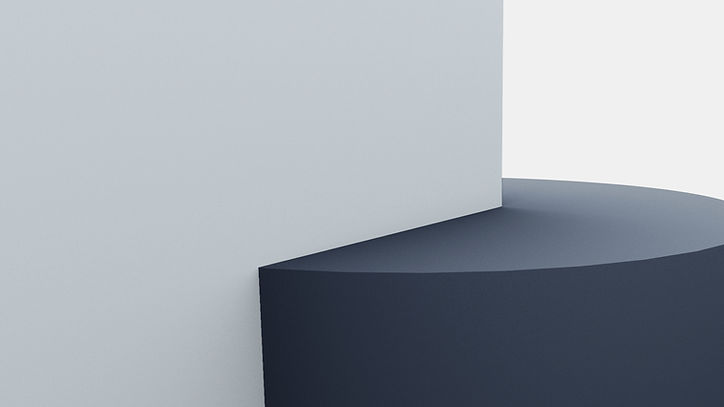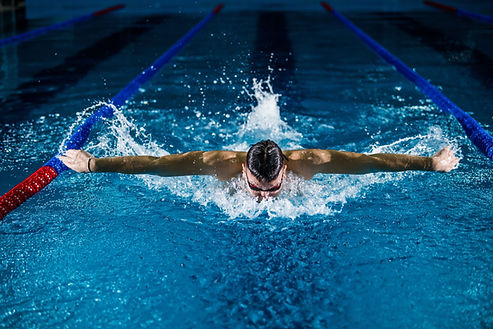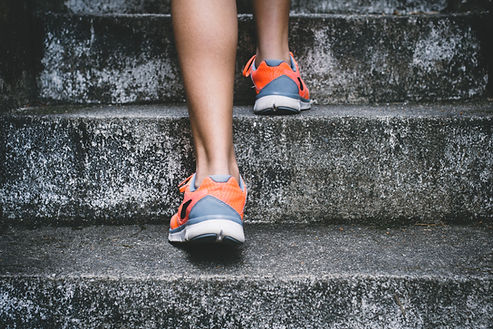
What is Osteopathy?
"To find health should be the object of the doctor. Anyone can find disease"
Dr. Andrew T. Still
Founder of Osteopathy
One of the principles of Osteopathy is that the body is a unit. Every part of the body is connected directly or indirectly, structurally and/or functionally. Given this, a misalignment in structure creates dis-ease within the body. Over time, this may eventually get expressed as a pathology.
A Classically trained Osteopathic Practitioner applies anatomy, physiology and uses a principles-based approach to ease the position of muscles and bones. With the body structurally aligned, the channels become freed up for blood, venous, lymphatics, and nerves to work effectively and efficiently. With an appropriate internal environment and improved communication, the body has the opportunity for optimal functionality. This sets the stage for it to self heal and self correct, naturally.
Kam Singh, M.OMSc.
Manual Osteopathic Practitioner
About
A Tale of Two Worlds
Prior to studying Osteopathy, I studied Geography. In University, I studied physical geography, demographics, retail landscapes, resources, and infrastructures. Then I went to study bones, muscles, blood vessels, nerves. lymphatics and viscera at the Canadian Academy of Osteopathy. What do Geography and Osteopathy have in common?
Geographers essentially study the spatial relationships of people, places and/or things. A Geographer's approach is layered, literally taking data layer by layer to analyze the interrelationships.
An Osteopathic Practitioner has a similar approach and philosophy. She views the body holistically with all the "layers" of the body being dynamically interrelated in function and form.
Given this, if you suffer from chronic headaches, a classically trained Osteopathic Practitioner would not simply assess just your head. The Practitioner would assess the whole body, layer by layer to search for the cause of the symptoms. This would involve motion testing, palpation, and her knowledge and understanding of anatomy, physiology and osteopathic principles. Based on her assessment, the Practitioner would apply treatment to improve coordination and integration of the body's structures as a whole. Ultimately, this would enhance vitality and the quality of life.

Kam Singh holds a Master of Practice in Osteopathic Manipulative Sciences (M.OMSc) from the Canadian Academy of Osteopathy. She has studied Visceral Manipulation with the Barral Institute and CranioSacral Therapy with the Upledger Institute. Kam holds a Bachelors of Applied Arts (BA) from Ryerson University. She is a graduate from Downward Dog Yoga Studio's Teacher Training Program and currently has a brown belt in Shotokan karate. She received her Reiki Master training in India in 2013. Kam is a certified FRC Mobility Specialist (FRCms). and certified FRS Internal Strength Model (FRSISM). She is a member of the Ontario Osteopathic Association.

Health is your first Wealth
How may Osteopathy help you?

Physical Health
-
Reduce pain and tension
-
Manage chronic pain
-
Reduce Inflammation
-
Decrease stiffness
-
Decrease conditions that create dis-ease within the body
-
Correct postural imbalances
-
Enhance health across all body systems

-
Improve mobility
-
Enhance circulation
-
Boost immune system
-
Improve sleep
-
Calm the mind and body
-
Decrease anxiety
General Health & Well Being

Prevention & Wellness
-
Accelerate healing from trauma or injury
-
Increase vitality
-
Correct habitual patterns that may impact health